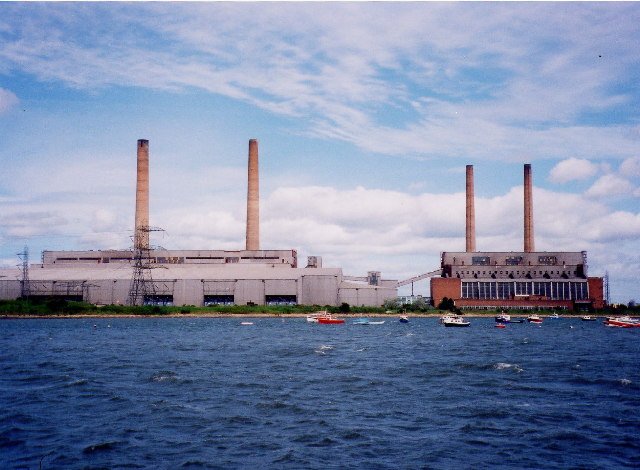"James May didn't drive his Tesla Model S for a long time and the battery died." So "long time" becomes months
I don't really get what he was doing with his charger. Did he leave the car plugged into the charger for the whole of the "long time"
Yes it would not be beyond the wit of man or Tesla/Nissan or anyone else to use what would be a small proportion of the energy from a fully charged traction battery to maintain the 12V battery when the car was not being used.
I don't really know if Teslas ever go to sleep with all of those security and communications systems, Tesla Sentry and the like.
I think that's about as much as I want to delve into it on sketchy information of the circumstances, but should Simon troop along I'm sure he could give the accurate information, chapter and verse on TESLA's 12V battery management systems.
Regards Neil
PS I thought Simon had posted something up on such matters
Mandrake wrote: ↑07 Feb 2020, 09:19 Interestingly early Tesla Model S had a similar strategy of not keeping the 12v battery constantly topped up to 14.4 volts when the car is driving, allowing it to approximately 50% discharge before topping it up again - and they had a lot of premature 12v battery failures, sometimes as soon as 2 years, probably because regular Lead Acid batteries don't like being deeply cycled. Later versions of the Model S addressed this problem both by swapping to a deep cycle 12v battery and also modifying the charging protocol to not allow it to deeply discharge on a regular basis.

